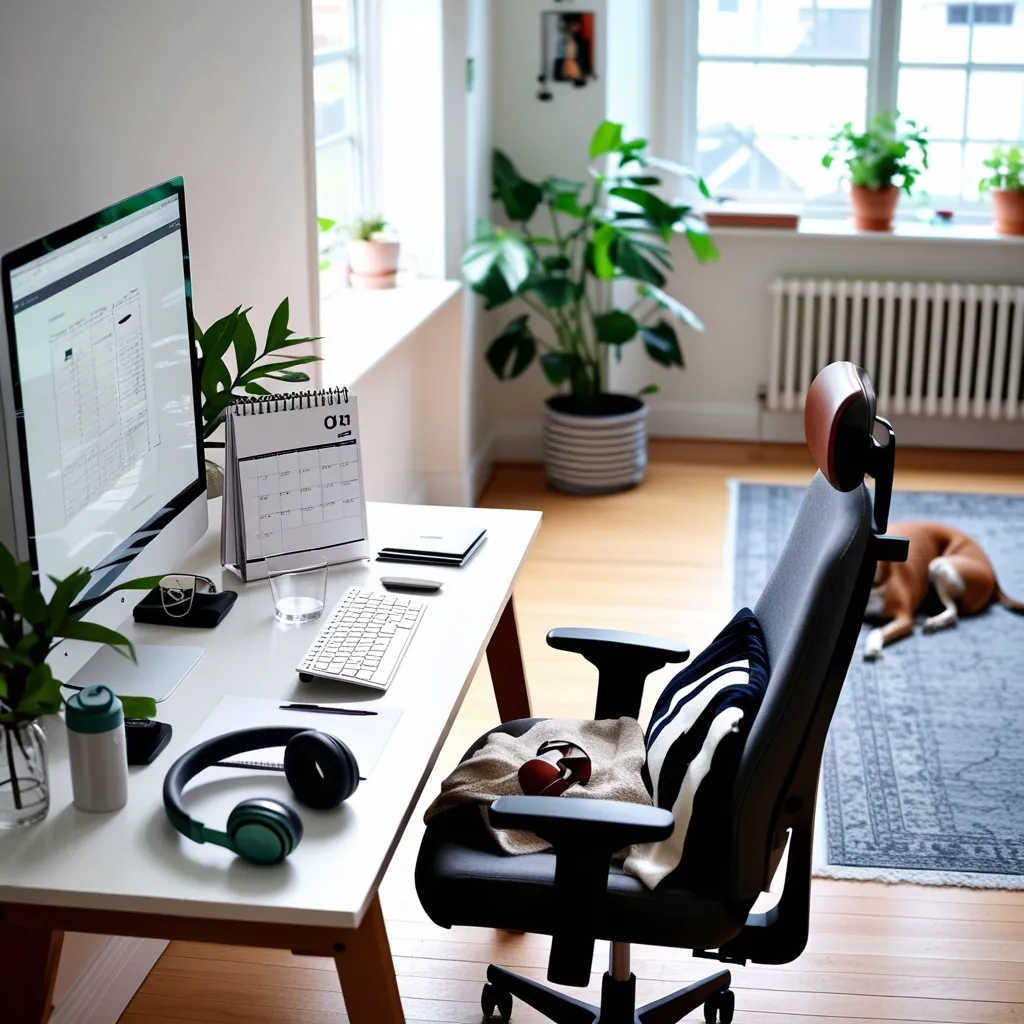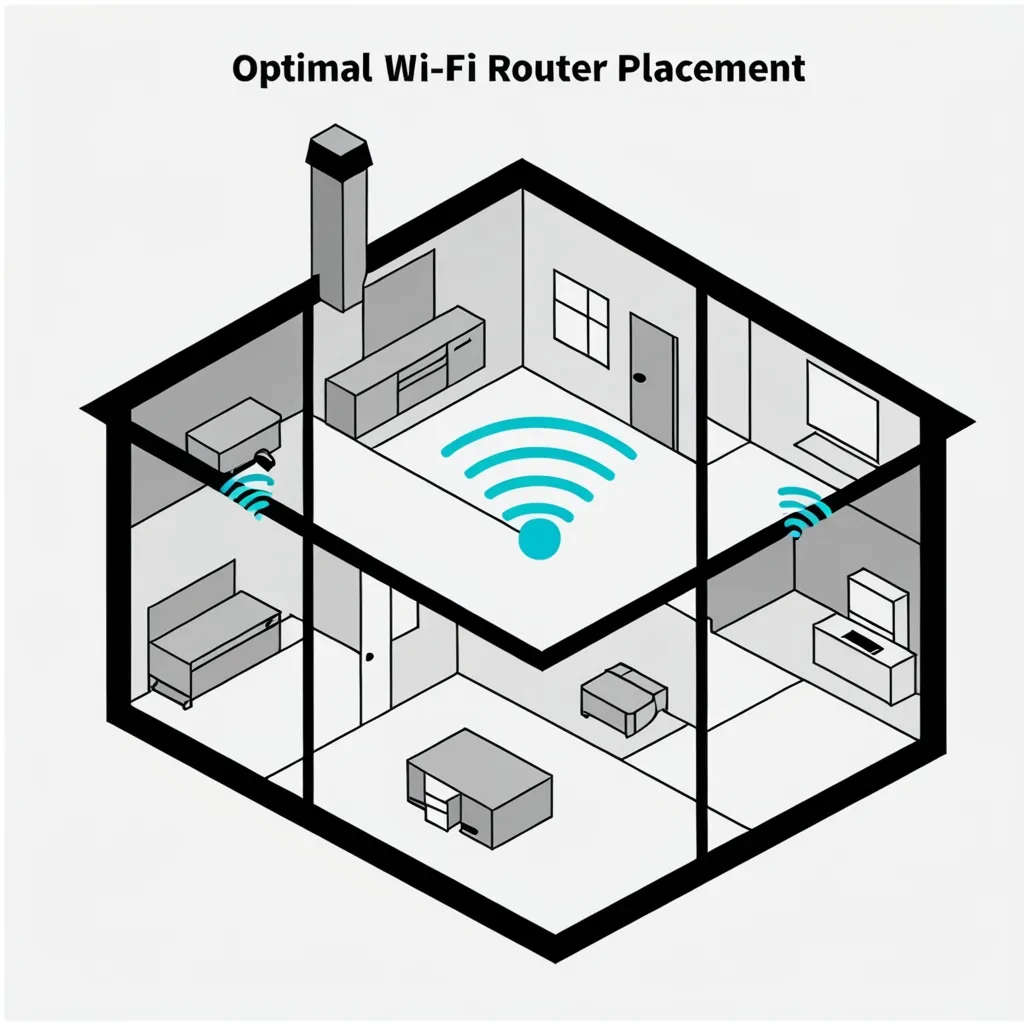Working from home—isn’t it just the best and the worst sometimes? You’ve got the comfort of your couch and your favorite snacks at arm’s length, but then again, your bed is only a few steps away, and Netflix is always calling your name. Balancing between getting things done and not getting distracted can be a tall order. But no worries, here’s the lowdown on how to nail your home office setup so you can maximize your productivity without losing your sanity.
First things first, carve out an effective workspace. Yes, it sounds obvious, but it’s a game-changer. Find a spot in your home that’s quiet and free from distractions. If you can snag a whole room, awesome. But even if it’s just a corner, make sure it’s a spot you can mentally clock into work mode. A proper boundary between where you chill and where you work can set your brain up for success.
Next up, your desk setup. This is more crucial than you’d think. You’ll need something ergonomically sound—a fancy term for “It doesn’t make your back want to scream.” Position your chair, monitor, and keyboard to favor good posture. The way you set up your workstation could mean the difference between a productive day and constant trips to the chiropractor.
Now, let’s tackle those distractions. Home is where the heart is, but it’s also where the fridge, the TV, and your cozy bed are. Make it a point to keep your workspace tidy before you start your day. It’s all about resetting your environment so that it screams “Time to work,” not “Time to binge-watch.” And hey, music can be your friend. It can uplift your mood and keep you engaged without sucking you into a mind-numbing TV vortex.
Establishing a solid routine can make a world of difference. It might sound silly, but getting out of your pajamas can really set the tone. It’s a small act that signals “Let’s get down to business.” Design a schedule that fits your natural rhythm but keeps you on task. Whether you’re a morning person or not, having a routine brings some much-needed structure.
Communication with your household is key if you’re not living solo. Let your family or roommates know when you’re in work mode. Something as simple as wearing headphones can be a signal that you’re not to be disturbed. Clear boundaries help in maintaining focus and avoiding those “Hey, can you help me with this real quick?” moments.
Technology can either be your best buddy or your worst enemy. Use work tools like Microsoft Teams effectively, schedule your calendar, and make sure everything’s up and running before you clock in. It’s a good idea to have a backup plan for technical glitches—because Murphy’s Law, right? A reliable setup ensures you’re not wasting time troubleshooting when you should be working.
Taking breaks is not just okay; it’s necessary. Use your breaks to get away from your desk, take a quick walk, or even just look out the window. Breaks can reinvigorate you and keep burnout at bay. Natural light, fresh air, or a quick chat with someone can refresh your mind and boost your output.
Meal prep isn’t just for fitness buffs. Having your meals ready means one less thing to distract you during work hours. Prepping your meals during the weekend can save you from falling into the “What should I eat now?” trap. Plus, sneaking in some household chores during breaks, like throwing in some laundry, can keep your space neat without eating into your work time.
Setting office hours can help in maintaining that elusive work-life balance. Let your employer and household know your dedicated work hours. This keeps work from encroaching into your personal time, allowing you to fully unplug at the end of the day.
Ending your workday properly can be the final piece of the productivity puzzle. Without a commute, it’s hard to mark the end of your workday. Develop a mini-routine to close out the day—review your to-do list, glance at tomorrow’s agenda, and tidy up your workspace. Doing this signals your brain that it’s time to switch off and enjoy your personal time.
Staying connected with your team can ward off feelings of isolation. Regular check-ins and video calls can maintain that team spirit and ensure you’re aligned with your work goals. Keeping in touch makes remote work less lonely and more engaging.
Patience and flexibility are your best friends when working from home. It’s okay to mess up sometimes and not everything will go according to plan. Be kind to yourself and learn from what doesn’t work. Getting the hang of remote work is an evolving process. Keep the communication lines open with your team and don’t hesitate to ask for help when needed.
By applying these tips, you can transform your home office into a productivity powerhouse. Balance is key, and with the right mindset and setup, remote work can be both effective and enjoyable. The goal is to find what works best for you and run with it. You’ve got this!






